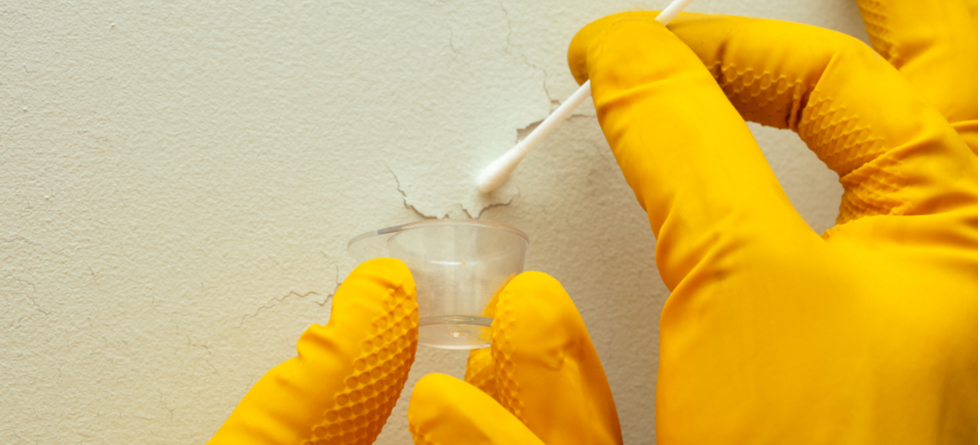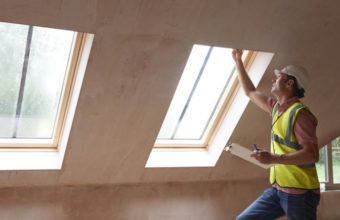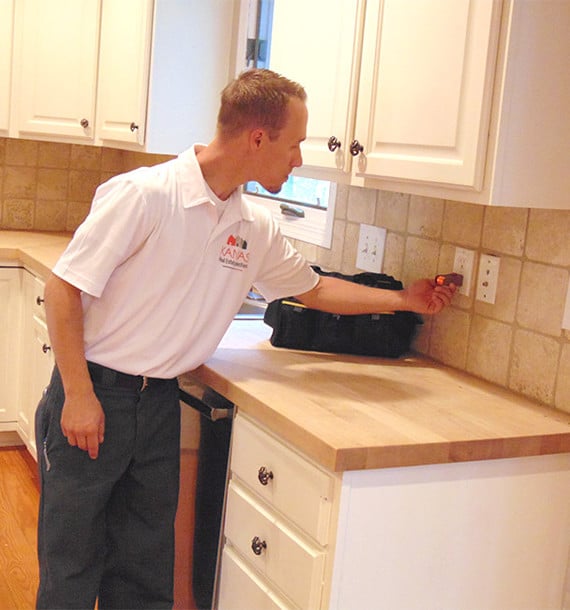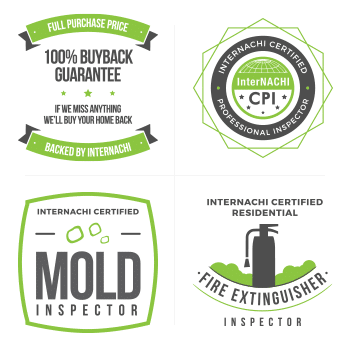A professional checks for mold first with a visual inspection and then with the assistance of specialized instruments and testing equipment. Here are some of the techniques professionals use when they check for mold.
Air and surface sampling
Air sampling is a less common way of testing for mold and is only done when there is a suspected high concentration of airborne spores. More commonly, professional mold inspectors use surface testing. Surface testing for mold can be done with a tape, swab, or carpet sample taken from strategic areas.
Specialized tools and instruments
Tools for finding mold:
- Moisture meter
- Thermal imaging
- Humidity gauge
- Rotameter
- Borescope
Although there aren’t instruments that can detect the presence of mold, specialized tools can be used to test for conditions that can promote mold growth. If these conditions are found, they can serve as an indicator of mold growth.





























